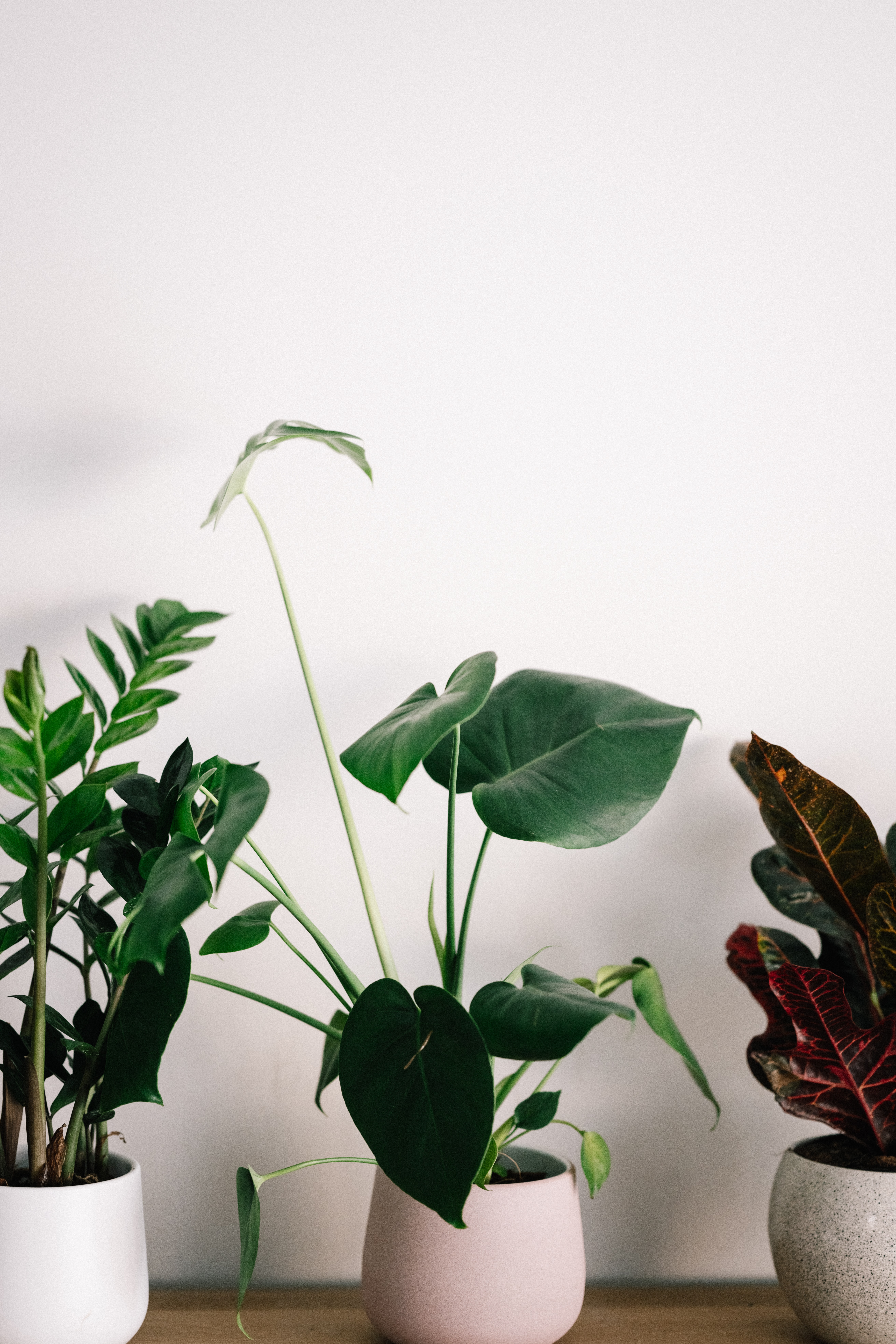
Sometimes we forget to take care of ourselves. Sometimes we put ourselves in or find ourselves in an environment that isn’t healthy but we stay because it’s easier than finding a new pot that fits us better. And sometimes, we forget that it’s OK to ask for help in that process, or follow our plants’ lead and rest when the seasons change.
Now I know we’re not plants, but I do know self-care looks different for everyone. Asking for help could look like several different things. It could look like therapy. Or interacting with trusted friends. Maybe fleeing a bad situation. It could also look like resting. When it gets cold, we do what we gotta do. And it’s starting to get cold.
All living things have some sort of biological clock. For people, it’s getting weary at the end of the day and needing sleep. According to gardeningknowhow.com, nearly all plants go dormant in winter. Whether indoor houseplants or out in the garden, this period of rest is crucial to their survival to regrow and flourish. While plant dormancy during cold conditions is important, some plants also undergo dormancy during times of stress, such as extreme heat or drought.

If plants actively grew during the winter, the water that is stored in their stems, trunks, and leaves would cause them harm when freezing temperatures come, and they will. With winter comes less light which is another reason plants go dormant. The lack of light encourages plants to spend less energy growing at a time they don’t need to be growing.
Without this time to recoup, you can count on having a plant that is too exhausted or too damaged to flower, bloom or grow new leaves come spring. And every plant parent knows how awesome it feels to see new growth on a plant. And every person knows how good it feels to see growth in themselves or celebrate new growth they see in a partner or friend. Side note, plants grow better when they are in groups.
Each plant gives off moisture that one beside it can use. One plant may attract the right pollinator for its friend, or keep insects and pests away, and another can help enhance nutrient intake. This goes to show it’s important during these times of rest for us to surround ourselves with people who only have our best interests at heart.
For tips on how to care for dormant plants, gardeningchannel.com offers the following tips for certain houseplants and how to care for them over the winter:
Tips
- Begonias, dahlias, caladiums, cannas, callas, ginger, sweet potato vines and colocasias, store the dormant tubers, bulbs, and corms in a cool, dark place during the winter and reintroduce them into your garden in the spring when the weather becomes warm.
- Dwarf cannas, brugmansias, and banana plants, bring them indoors and keep the dormant plants in a cool, dark spot.
- For palms, croton, bamboo, jasmine, cordyline, phormium, allamanda, bougainvillea, hibiscus and citrus, bring them indoors and overwinter them as houseplants. Store in a warm, sunny location, such as a heated greenhouse or sunroom.
- Geraniums, coleus, and plectranthus, take and pot up some root cuttings so that you will have some fresh new plants in the spring.
- Houseplants, the general rule is to stop feeding them but give them access to a sunny location throughout the winter, resuming regular feeding mid-spring.
Instead of stressing about how you’re going to grow or how you’re going to afford to grow; take a step back and don’t forget how important it is to just be present and trust that your body might need a season of rest before it can flourish.







